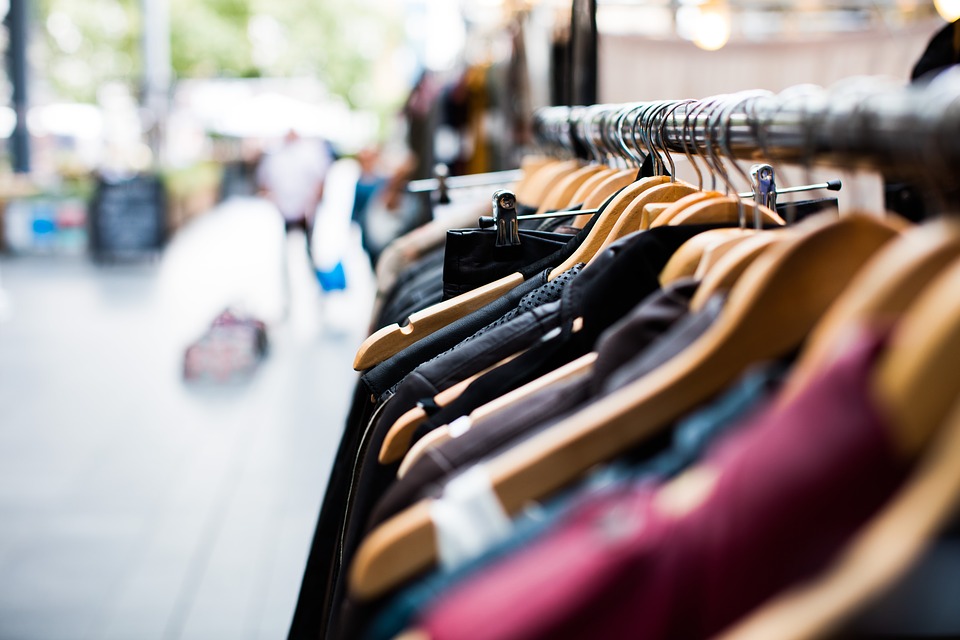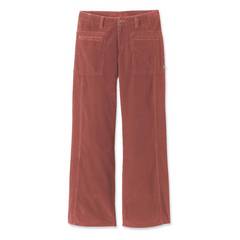A look at shopping habits – what impact are they having?
Posted on February 26, 2019 by
We all love a bargain, don’t we? Well, unfortunately that’s not the case for everything. Although it’s surprising to many, it’s actually your wallet that suffers from fast-fashion. For the short term, a 20 pair of shoes might look nice and last a year if you’re lucky, before wearing out. But if you have to spend 20 every year on a replacement pair, then over three years that’s 60 spent. It makes more sense to spend that 60 at the start on a pair of shoes that will last three years or more, especially if they are more comfortable and a higher quality.

Nowadays, fast-fashion trends are having a detrimental effect on the environment. While picking up a fancy dress for a fiver might seem great to you, it’s clear that the price is probably the main reason behind choosing this attire. More often than not, these clothes are worn once or twice and then never again. In fact, in a survey by Method Home, nearly a fifth of the 2,000 British shoppers questions admitted to throwing clothes in the bin.
Price vs Quality
Too many of us mistakenly think that quality clothing is the same as expensive clothing. But, as Life Hacker rightly states, a high price doesn’t always mean high quality.
Here are some top tips for spotting good quality shoes and clothing:
- Spares for repairs – this is like a calling card from the designer. If the item comes with spare buttons, then the item is expected to last enough for it to require a button mend at some point!
- Don’t look at the price tag – as mentioned before, this isn’t always an indicator or quality. People can, and will, charge good money for a poor product. Take a look at the item itself.
- For clothes, scrunch them up a bit – take some of the material in your hand and ball it up for a few seconds, then let go. A good quality material will survive and the wrinkles will fall out. Cheap material will stay wrinkled and creased.
- Check the pattern matches at the seams – it’s the little things that are the biggest giveaway!
- Look for gaps in the stitching – an item that will last will have no gaps between stitches on the seam, and also have more stitches per inch. Take a good look at those stitches!
What impact is fast fashion having?
There must also be savings made along the production line for cut-cost fashion. You can’t sell a 5 dress without using cheaper materials and such. This often leads to garments made quickly with non-organic fabrics. Plus, as the Independent reported, the process of dying these clothes is the second largest contributor to water pollution.
While the short-term purchase may be cheaper, the cost to keep replacing the item over the years will add up. If a more expensive version will last a number of years, it could end up being comparatively cheaper.
Cheap clothes tend to shed tiny microfibres when washed, which end up polluting our oceans. By the nature of fast fashion, you’re not expected to hold onto a garment in this category for very long. it is expected that the garment you have purchased will not be kept long, nor will it be expected to last for years. On the flip side, fashion with an emphasis on quality and durability will see you through. This manifests particularly in the threads lost during washing.
It’s clear that fashion trends are changing faster than ever before. This is putting increasing pressure on consumers to change up their wardrobes faster. But, with our money only stretching so far, many of us are turning to cheaper outlets for our clothing such as recycled or upcycled apparel.
Remember, the very definition of a clothing ‘bargain’ comes in how many times you intend to wear the garment. It’s always recommended to invest a little in timeless staples that can be mixed and matched for a variety of outfits and know that they will also stand the test of time. For example, for many flat boots are versatile and can be used for range of occasions, so make sure to buy a quality pair to withstand all those wears! Divide its cost by the amount of times you think you’ll wear it and that will give you the cost per wear. If it’s something you’ll wear every day, definitely check the quality of the item!
Sources:
https://theecologist.org/2018/oct/30/fast-fashion-method-madness
https://lifehacker.com/cheap-clothes-are-too-expensive-buy-quality-instead-1751019637
http://www.wrap.org.uk/content/love-your-clothes-waste-prevention
https://www.itv.com/news/2018-10-31/britains-love-of-fast-fashion-is-harming-marine-life/
https://www.buzzfeed.com/alisoncaporimo/clothing-quality-clues?utm_term=.dewknndvZ#.jdqgLLJQ3
https://www.liveabout.com/how-to-spot-quality-clothing-1387970

